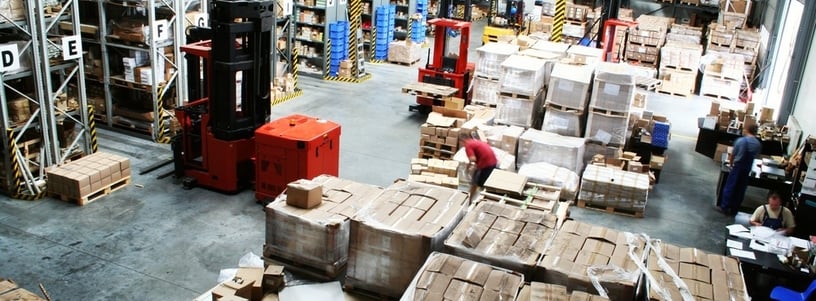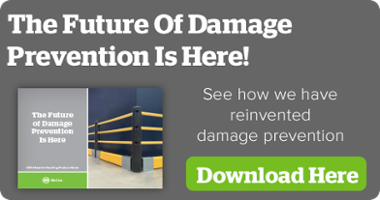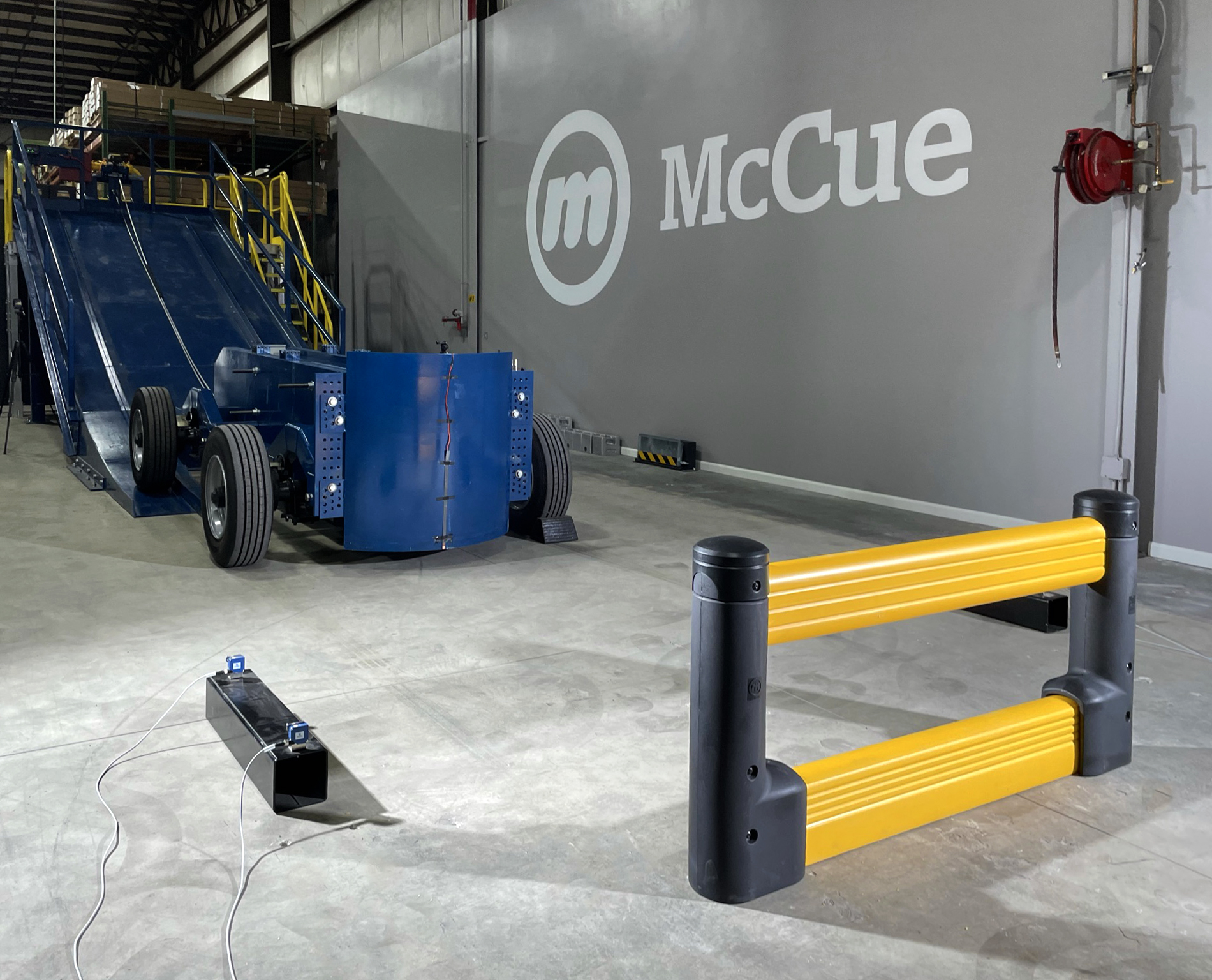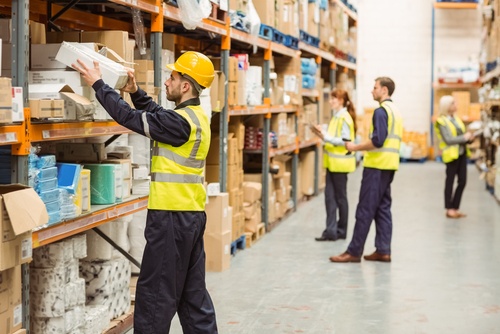Houston, we have a problem.
As an engineer, there might not be a worse phrase to hear. While you're likely not facing issues quite as complicated as a major technical problem on a spaceship thousands of miles away from earth, there's certain to be a host of problems you come across with each new build.
For this post, we’ve put together a list of common challenges our customers face as they work to craft safe and productive facilities. So if you’re facing similar engineering problems, just know you’re in good company.

Balancing Cost and Safety
Employee and asset safety are the top priorities for every facility. But when it comes time to budget for a new build, the resources allocated toward material handling and asset protection might not exactly reflect that concern.
Total asset protection is hard for folks to properly plan and budget for in advance. It’s often seen as more of a reactionary spend. Something you didn’t expect goes wrong. Well OK, let’s find a product that'll stop it from happening the next time. You know it’s best to look at the big picture and have asset protection right from the get-go, but sometimes it’s not up to you.
It’s Been [ ] Days Since Our Last Accident
Of the nearly 900,000 forklifts in the United States, 11 percent will be involved in an accident this year. With each new build, you do your part to make sure the drivers throughout your facilities aren’t adding to that statistic. Strategically placing crash barriers, bollards and other material handling products are tried and true methods for preventing trouble throughout a facility. And while these products may fix the greater problem, asset protection can have unintended consequences.
We've heard from clients who've had drivers start to rely a little too heavily on the asset protection products in their facility. We won't get too far into the weeds of risk compensation, but consider this example. Wearing a helmet will certainly protect you when riding a bike, but that protection can also influence you to ride a little less cautiously and be more comfortable taking risks. In much the same way, drivers at these facilities have started to cross the line from properly utilizing strategic, impact absorbing protection to driving around like they're all in bumper cars. It's important to continually educate your employees on safety best practices to ensure you maintain a high functioning facility.
Wear and Tear
When you open a new facility, the countdown starts until that first bit of damage occurs. At first, the facility and product can seem easy to protect. But as the facility remains open and new areas get added, things are bound to get messy. Uninstalling/re-installing products can chew up the floor. A big hit can scratch or even crack a concrete post. We could go on and on.
As things start to wear down, the amount of repairs throughout the facility tends to snowball. To avoid adding wear and tear-type damage to your long list of facility repairs, go with the right product from the get-go. But you already know that. It often comes down to convincing those in charge of the budget to see the same.
Lost In Translation
By mid-shift, when the warehouse really starts churning, the sheer amount of noise and activity make it difficult to keep employees safe. You've likely designed each facility in a way that promotes safety above all else. Crash barriers, a strategic modular design, signage — you've made it so at least on paper, employees will be untouchable. But in a culturally diverse facility, warning signs and shouts can still get lost in the shuffle. While accidents may still happen, know that you've put the best foot forward when it comes to employee safety.
A Little TOO Efficient
To close, we thought we'd share a story from one of our clients. Their drivers are a little too comfortable with the asset protection products throughout the facility. When delivering product across the floor, instead of slowing down the forklift to stop, they simply drive the palette into one of our material handling products. While we're confident our flexible material design can handle it, this behavior can certainly be seen as a little careless.
This is another one of those cases where a job well done for an engineer led to unintended issues. If there are any other engineering problems you're running into on each build, leave us a comment below. We'd love to help!




